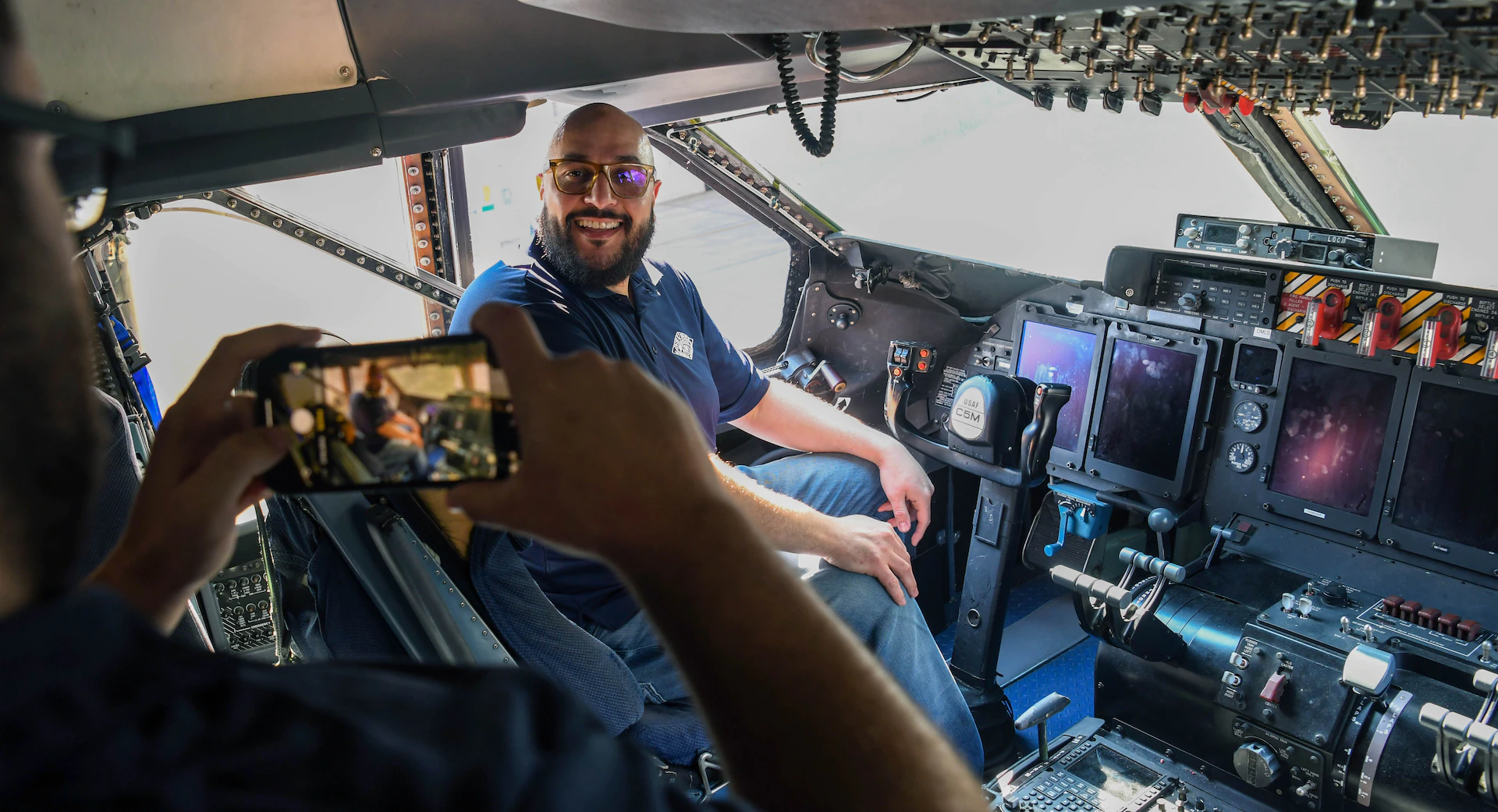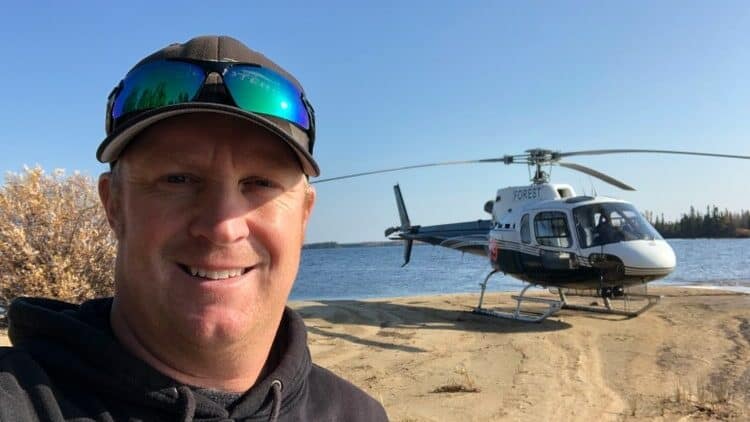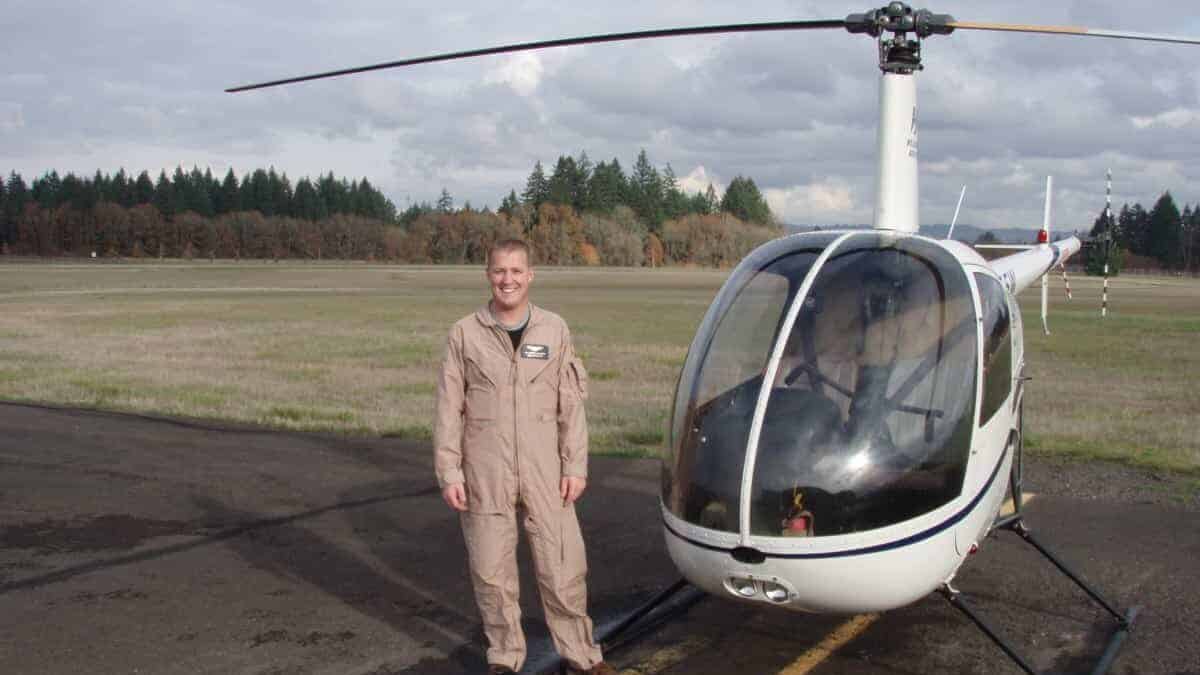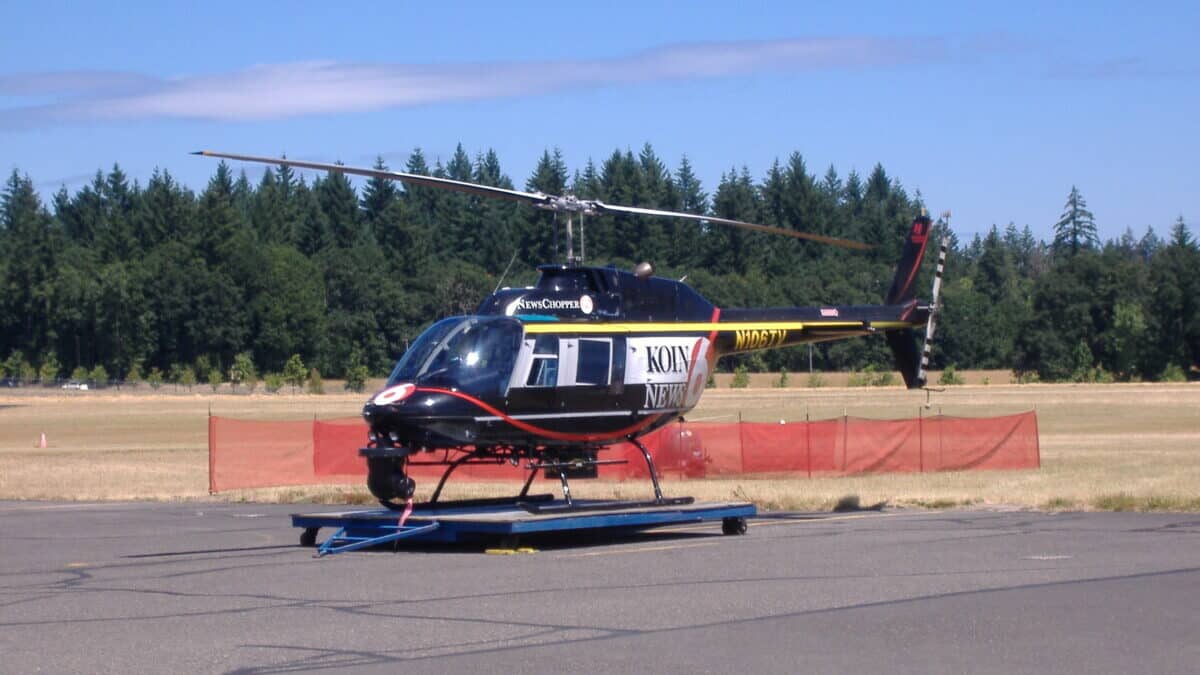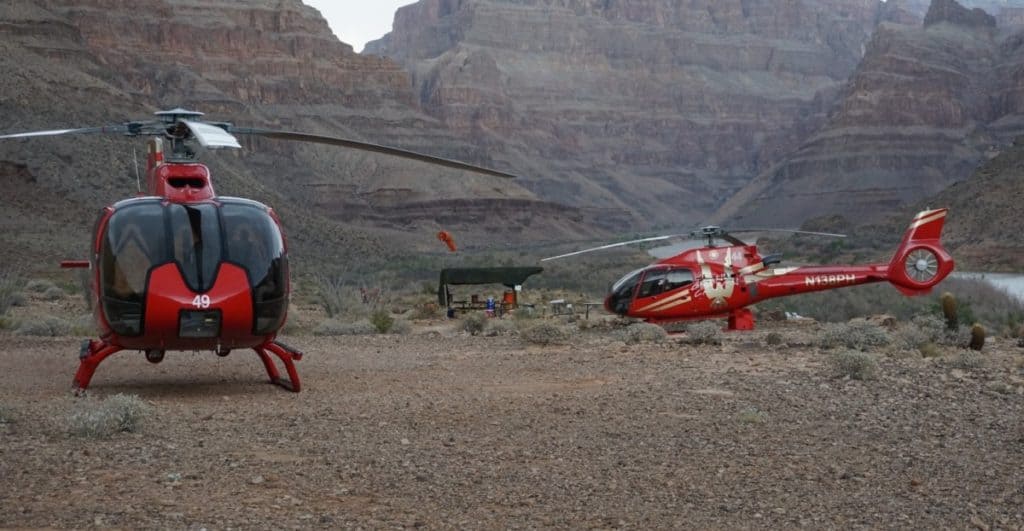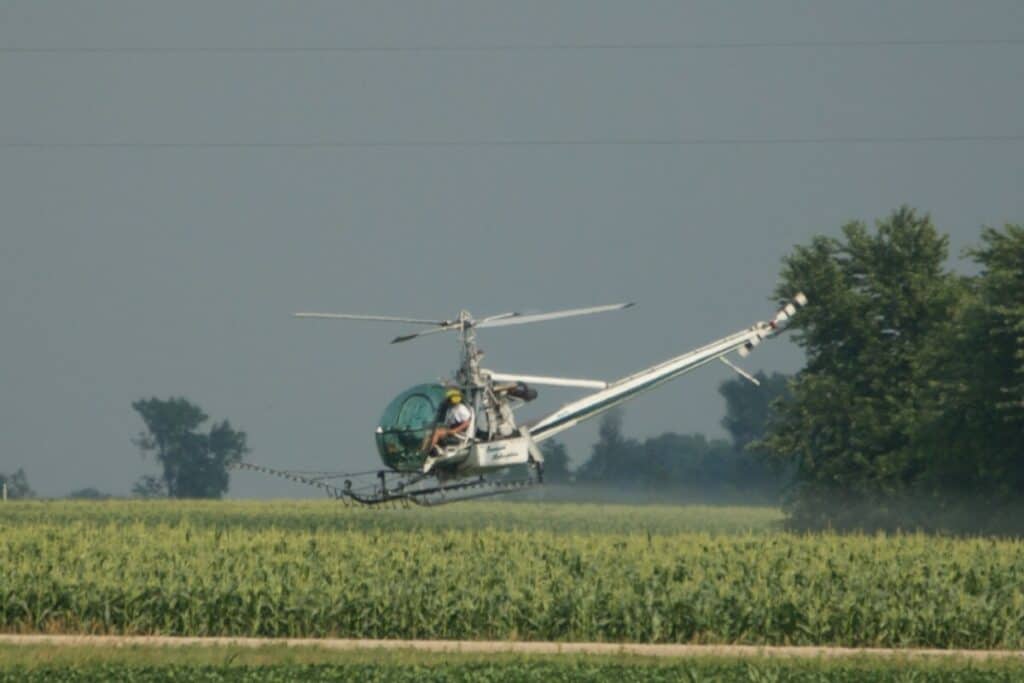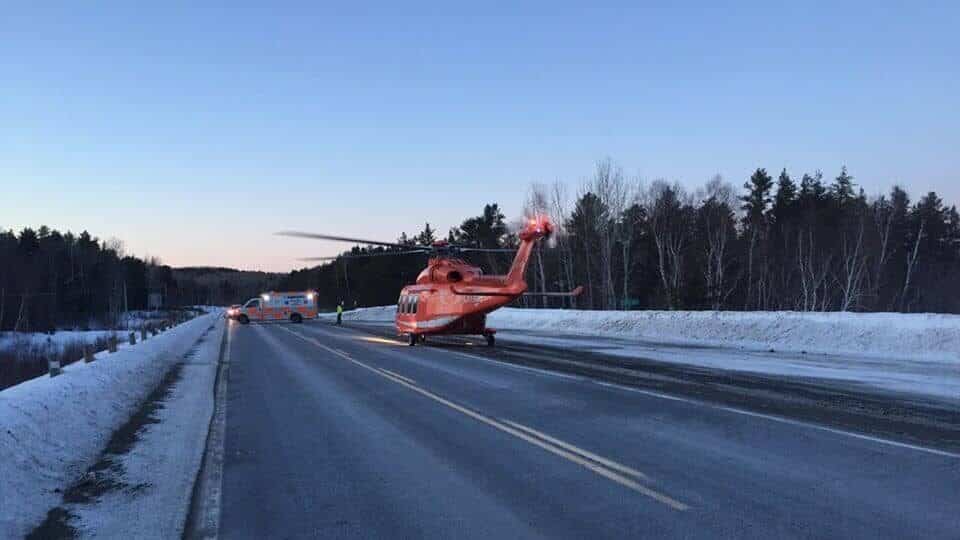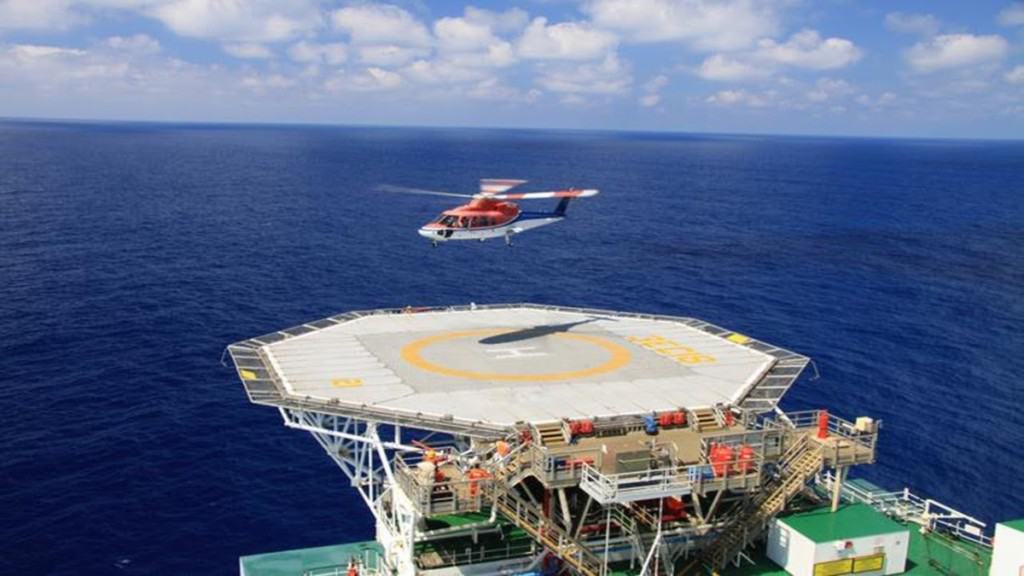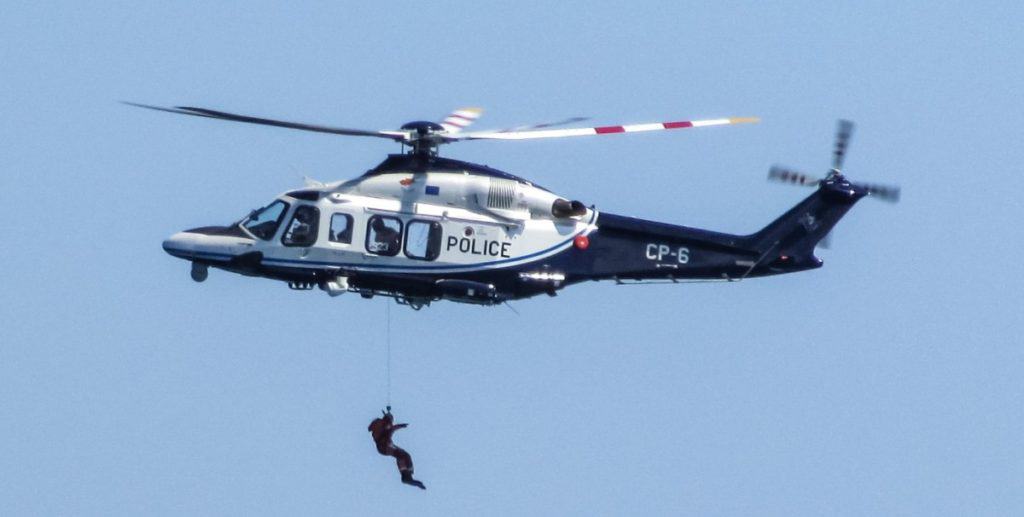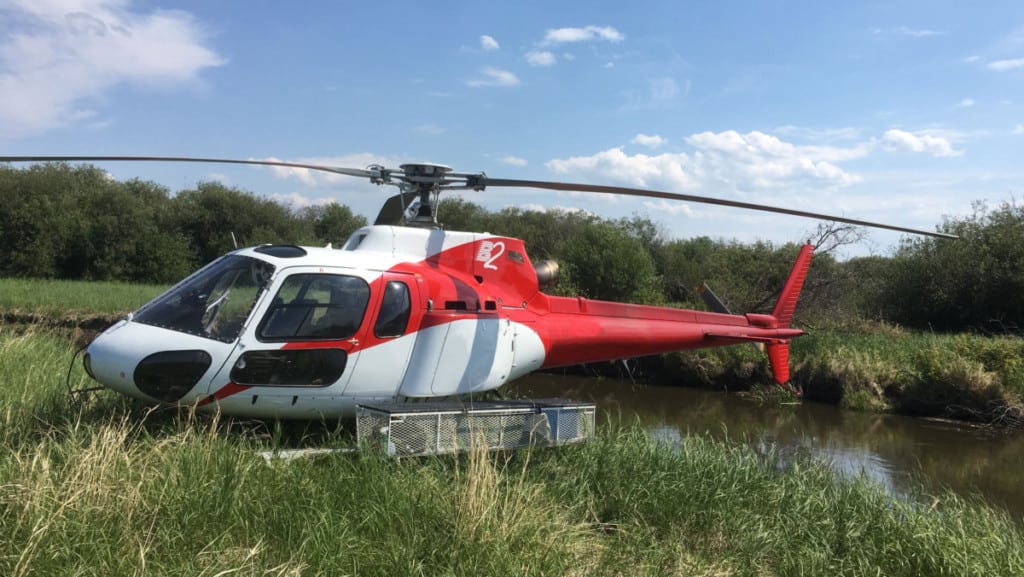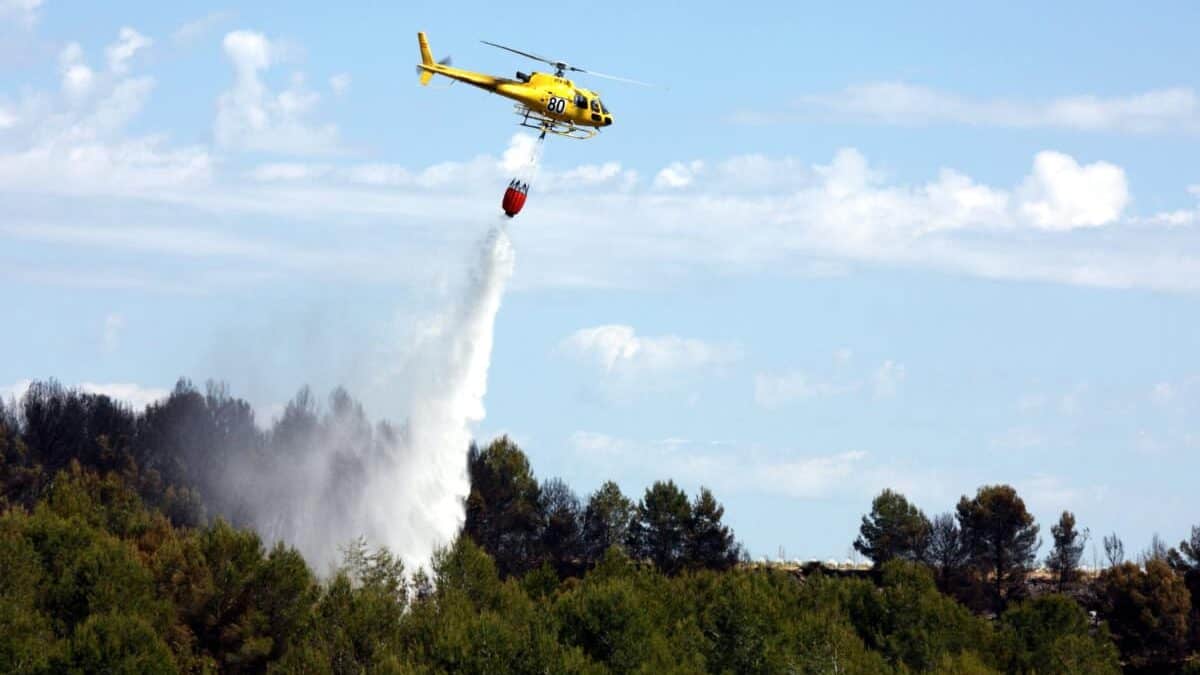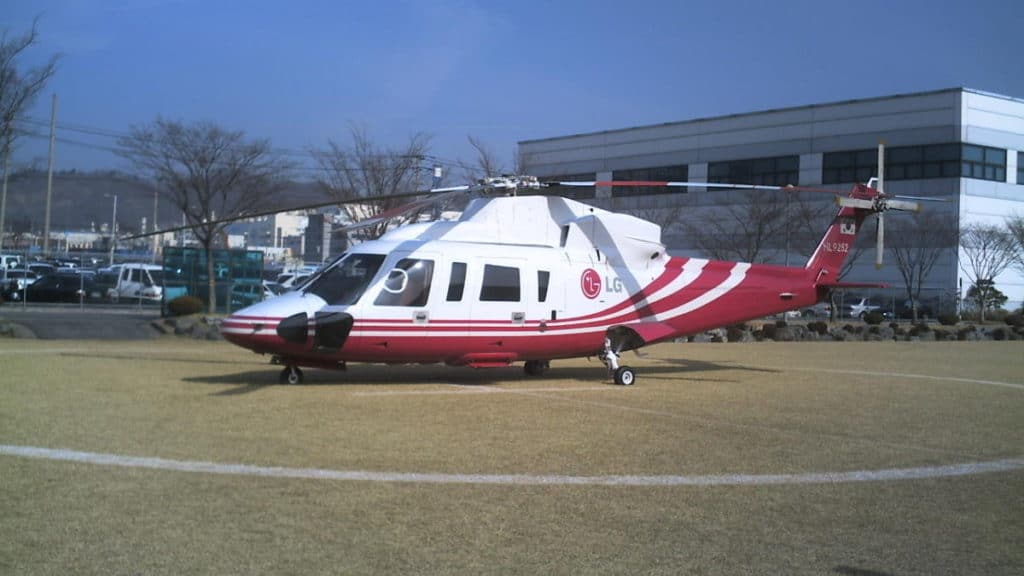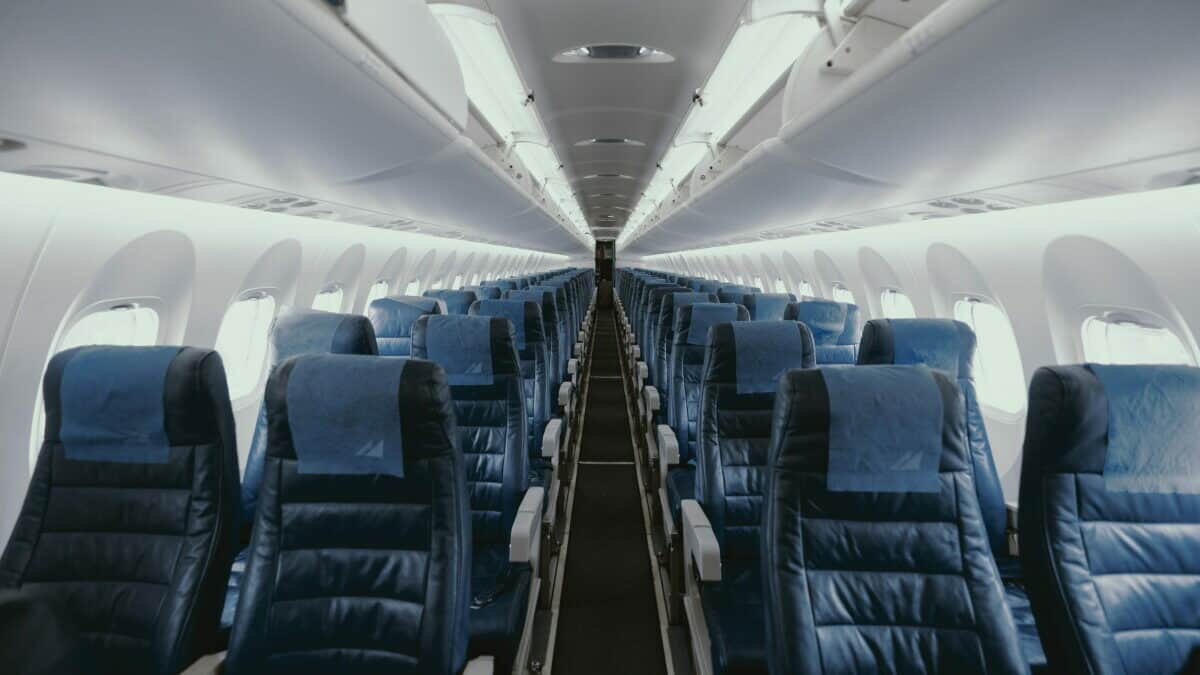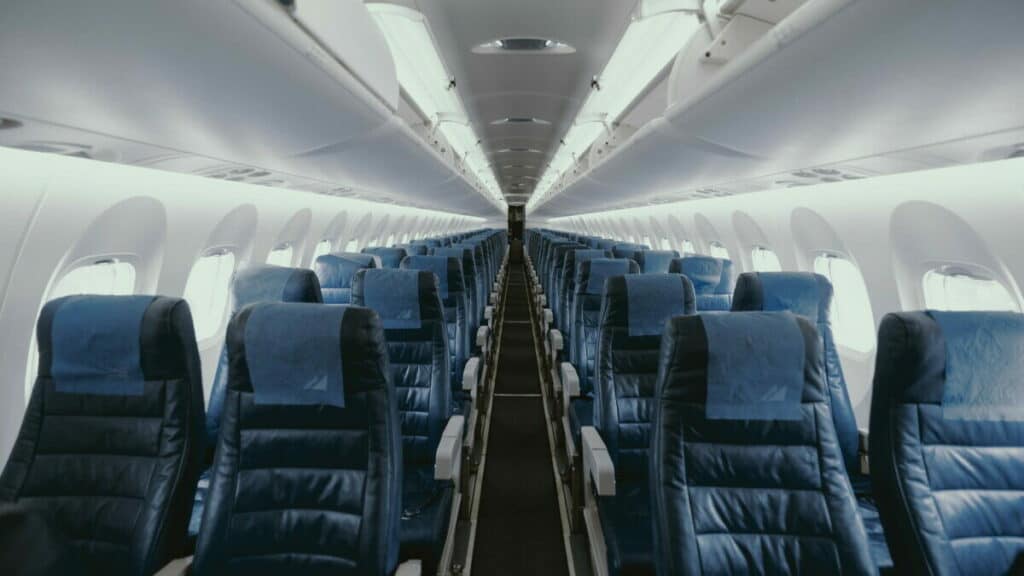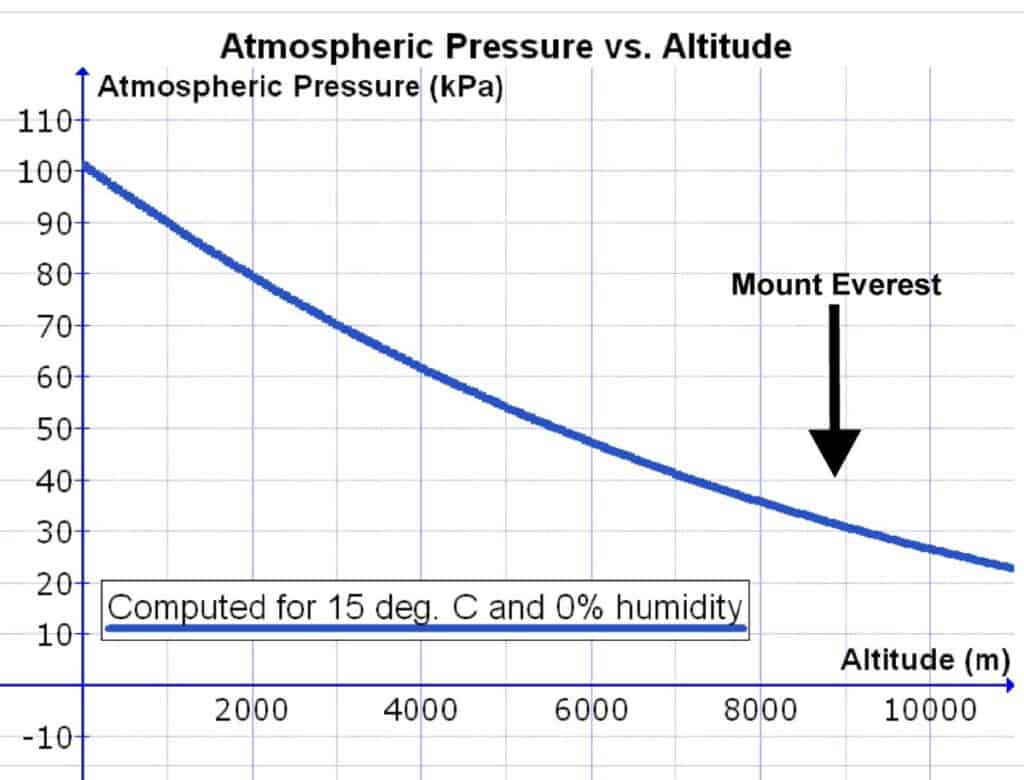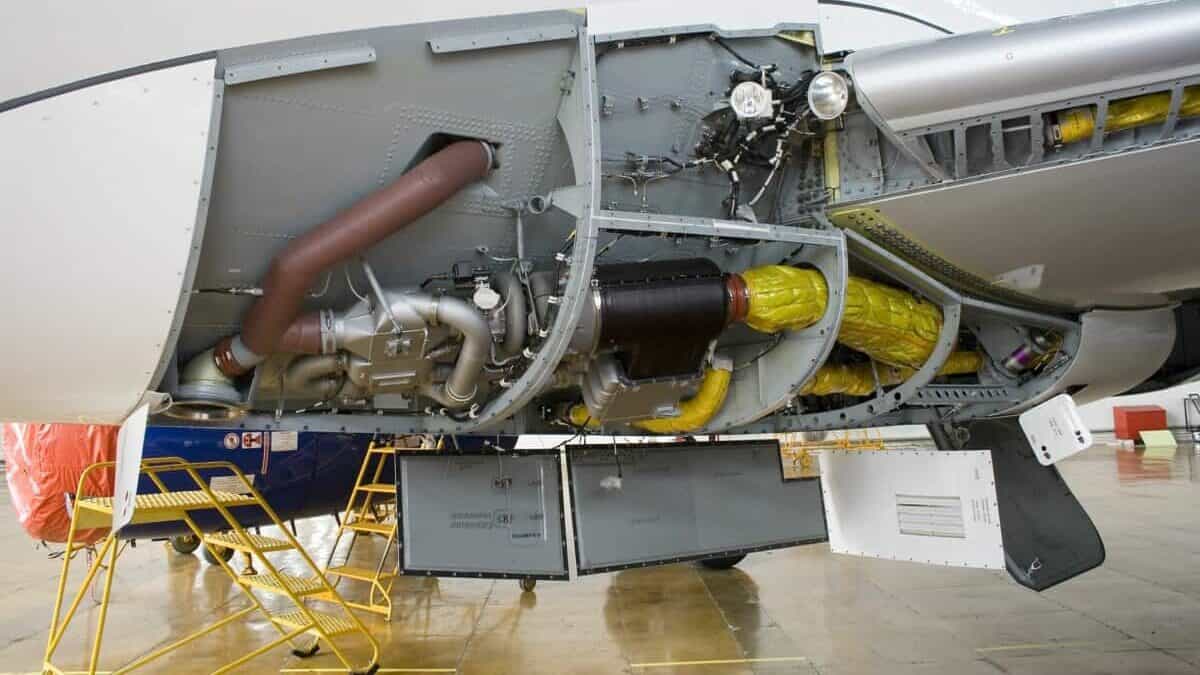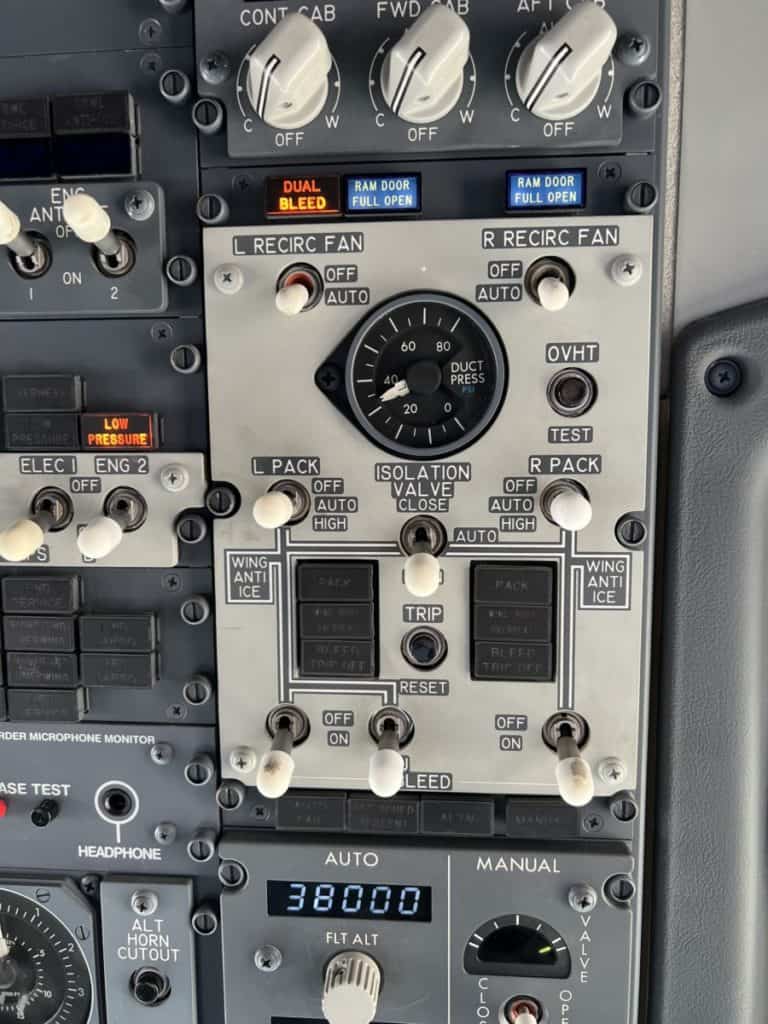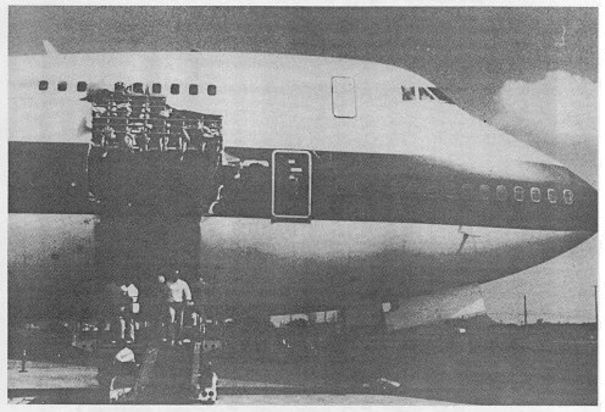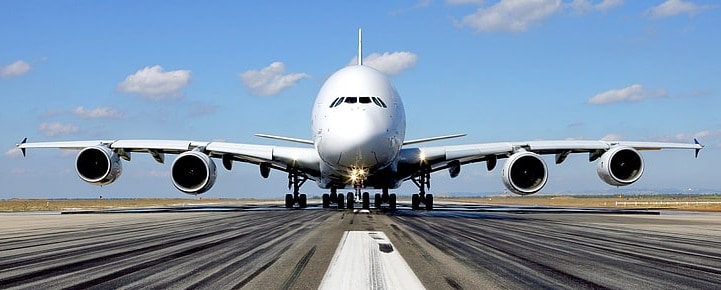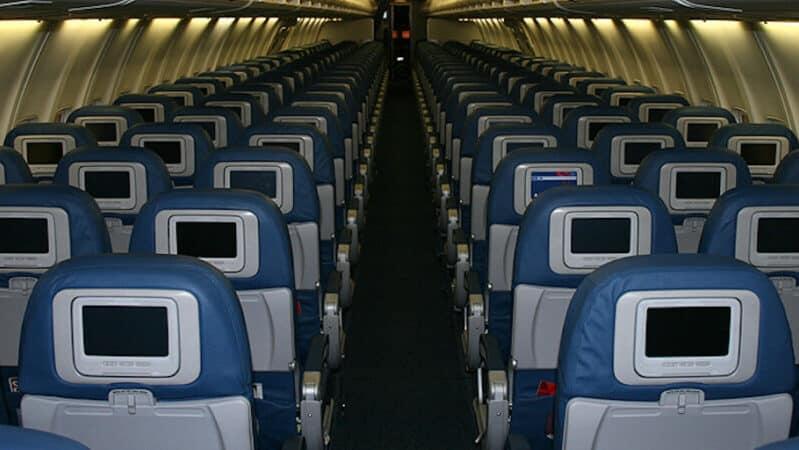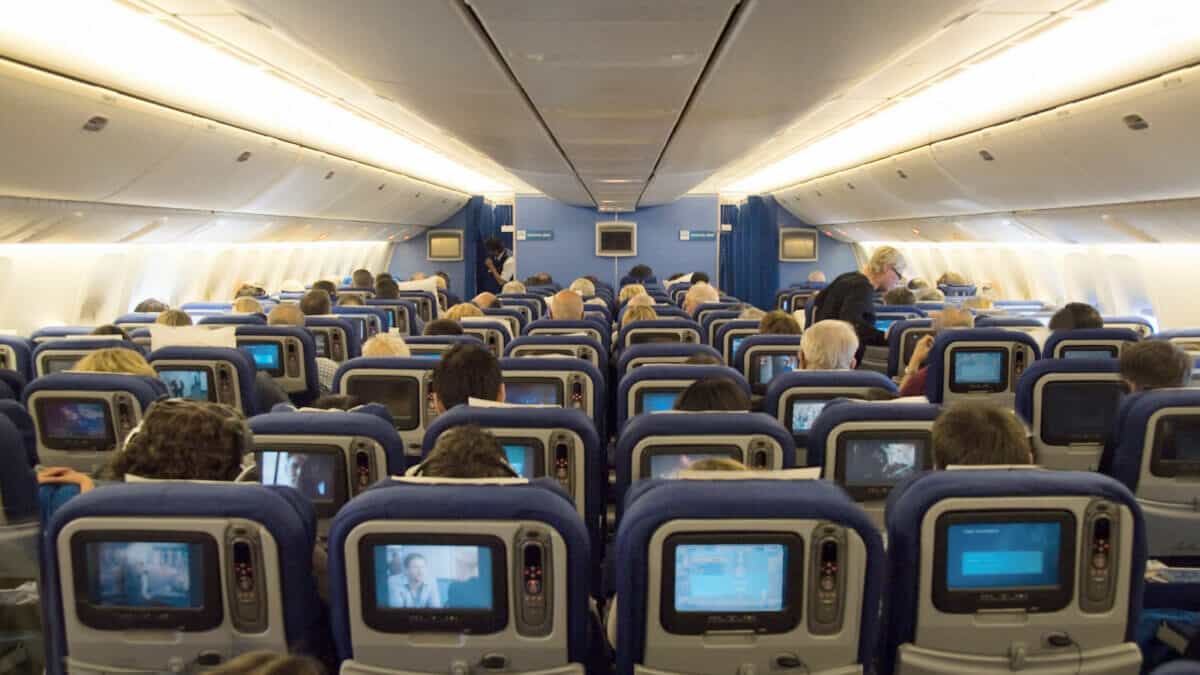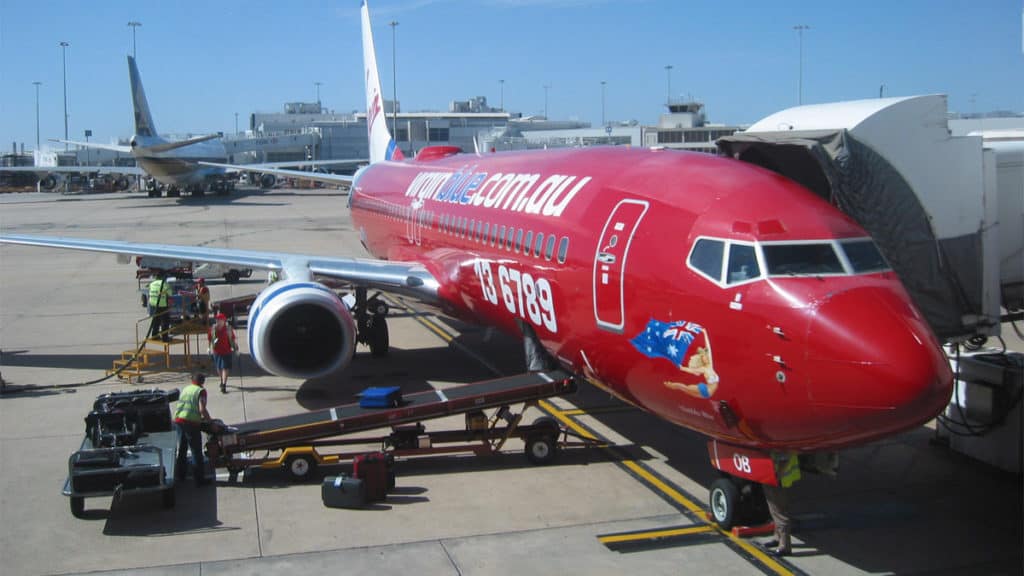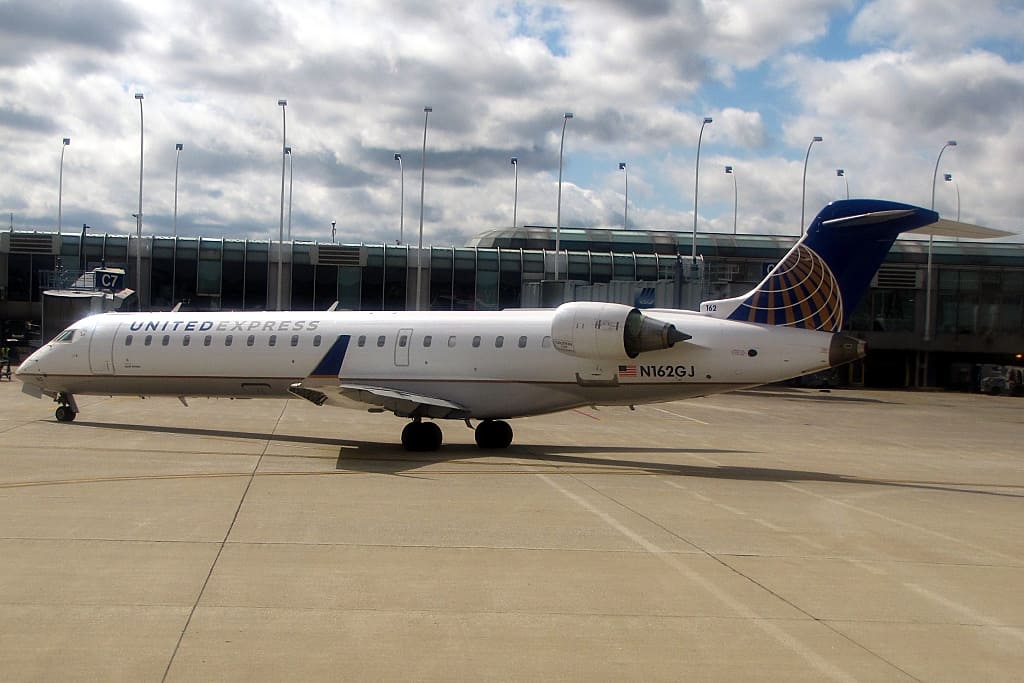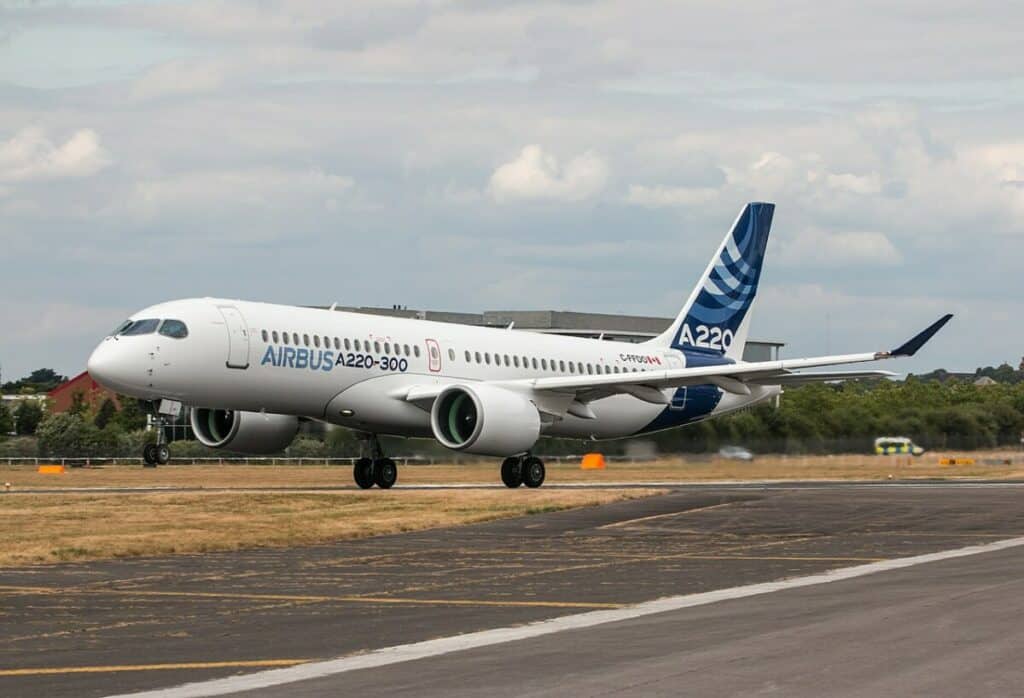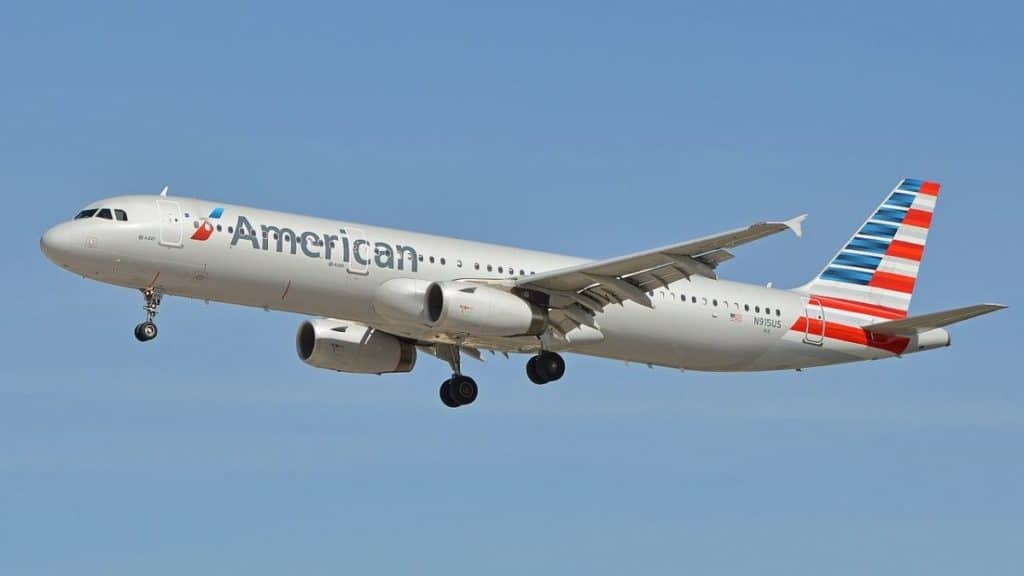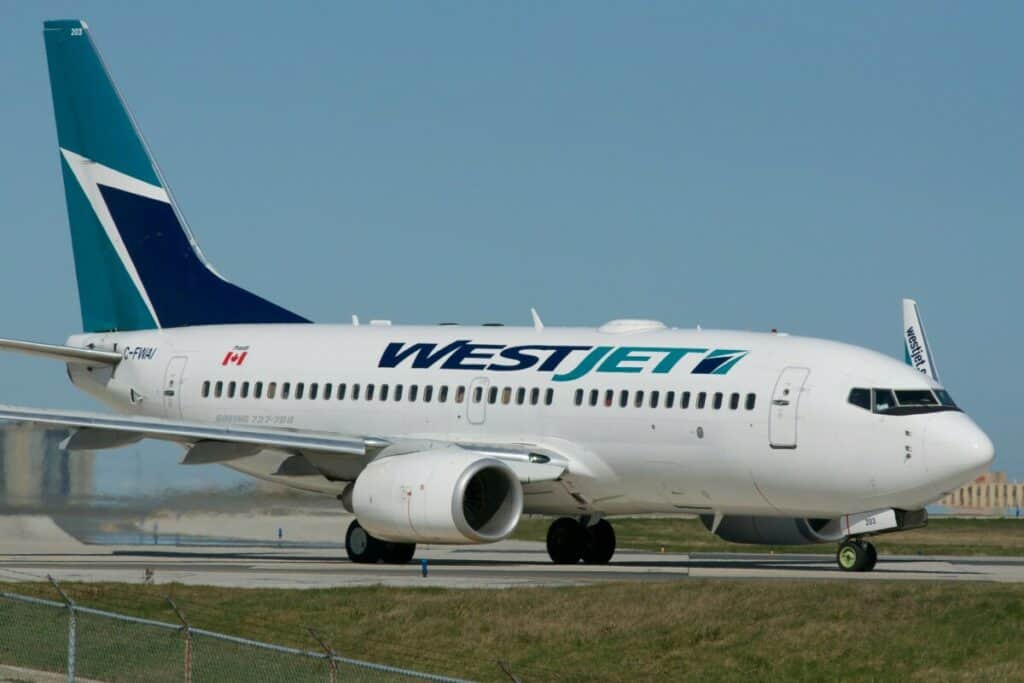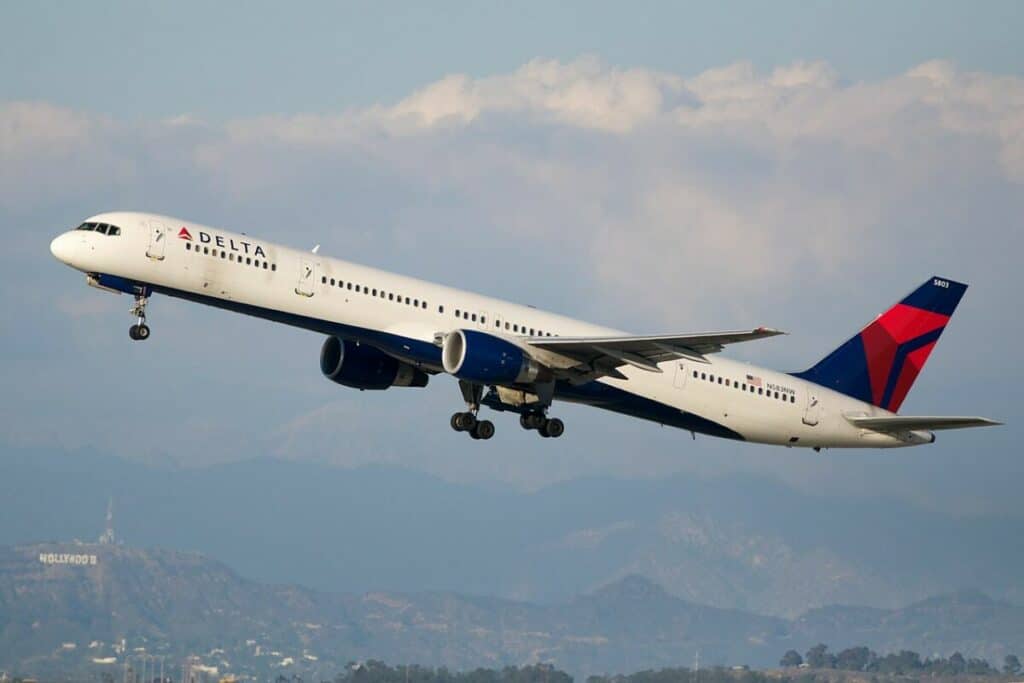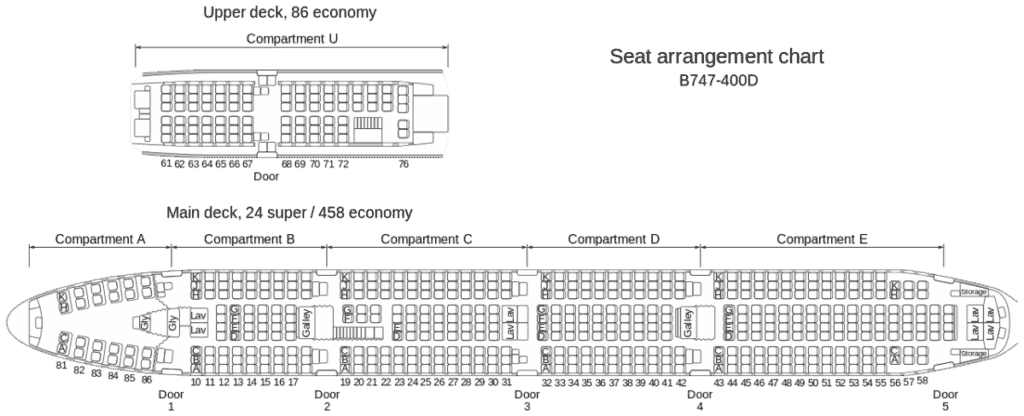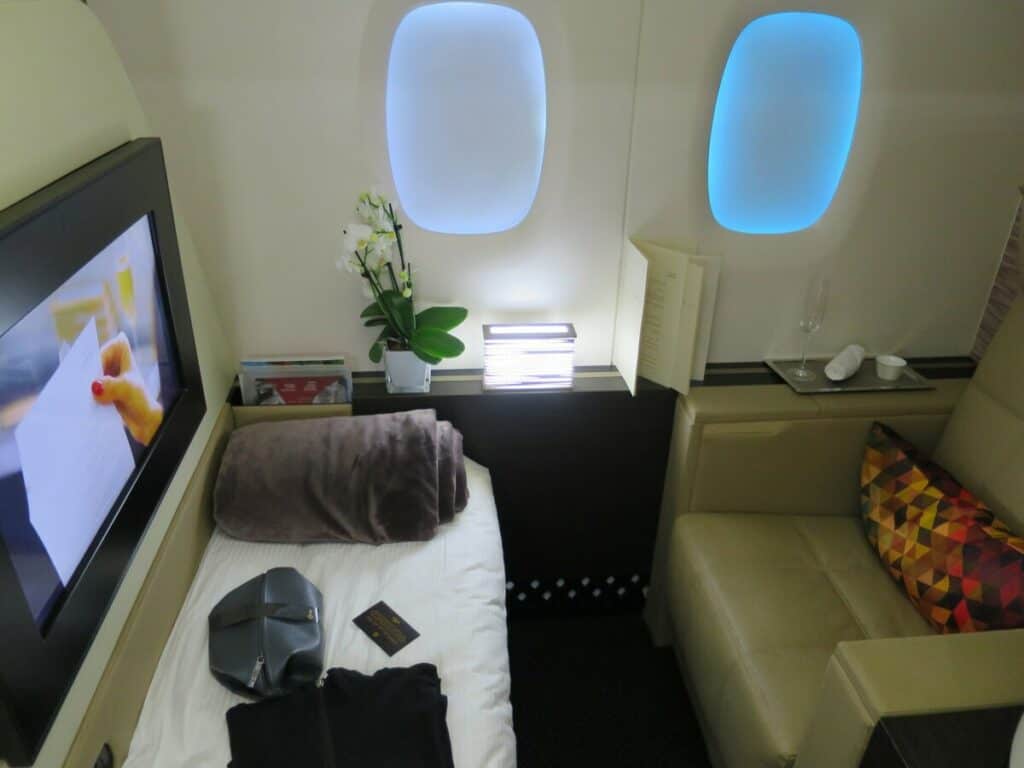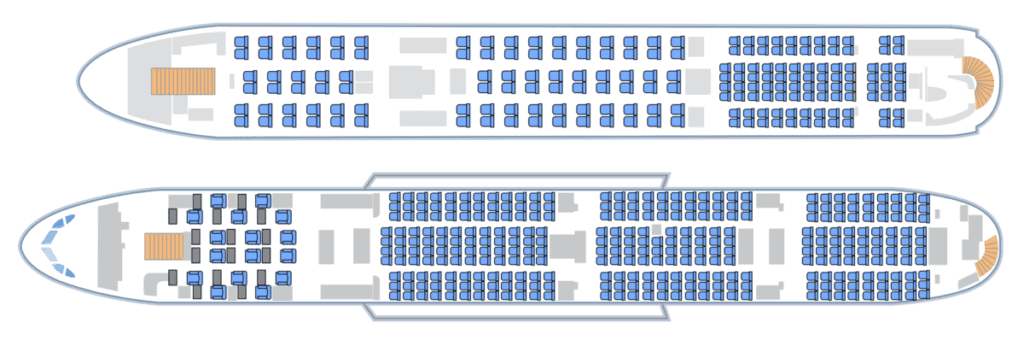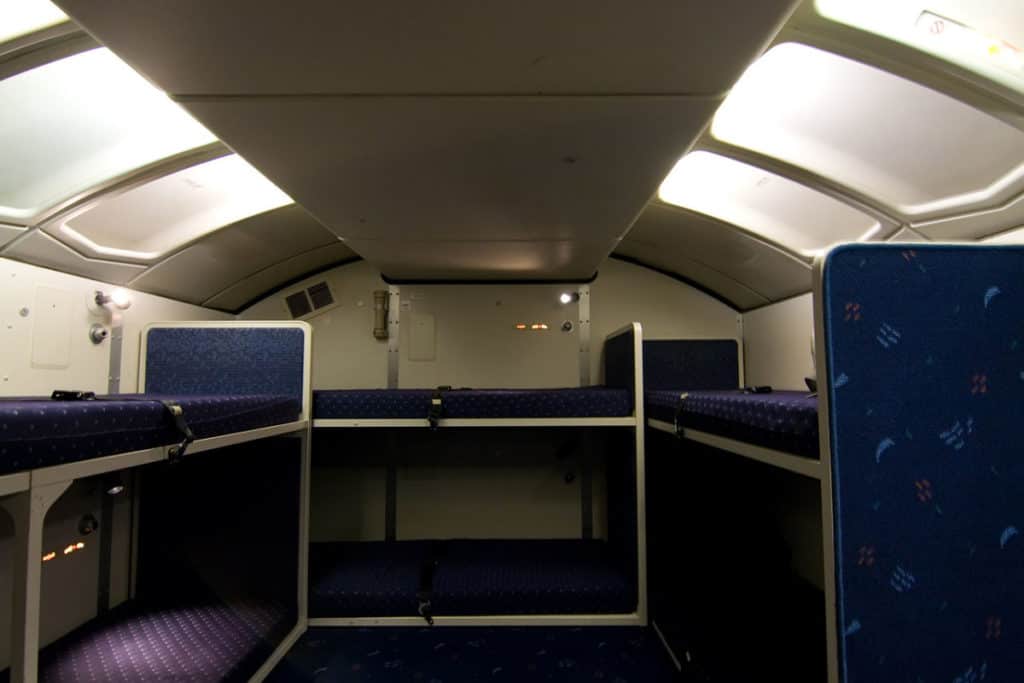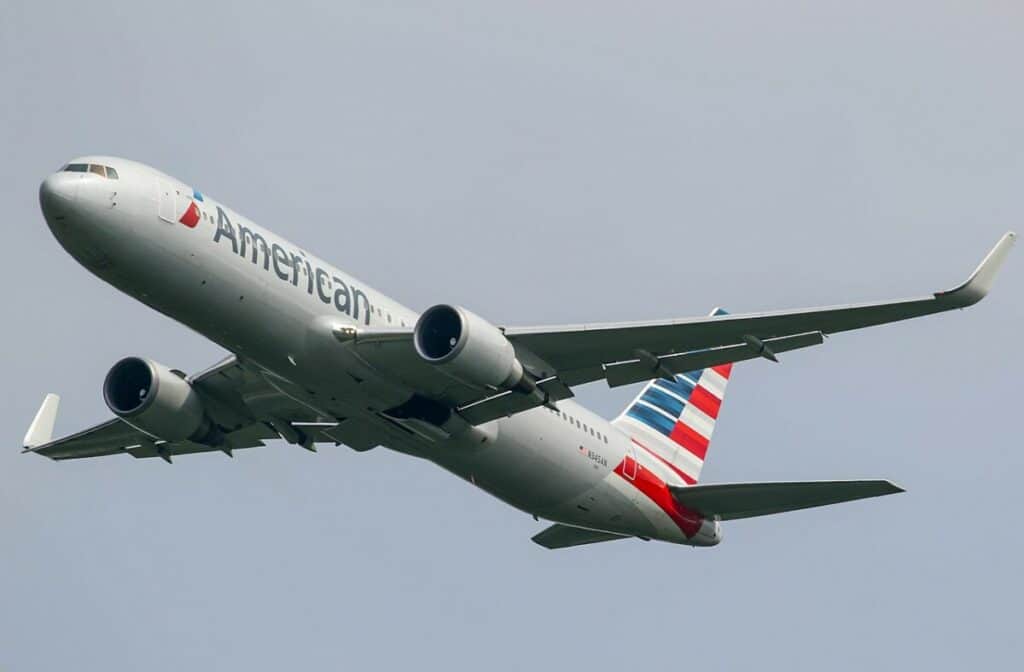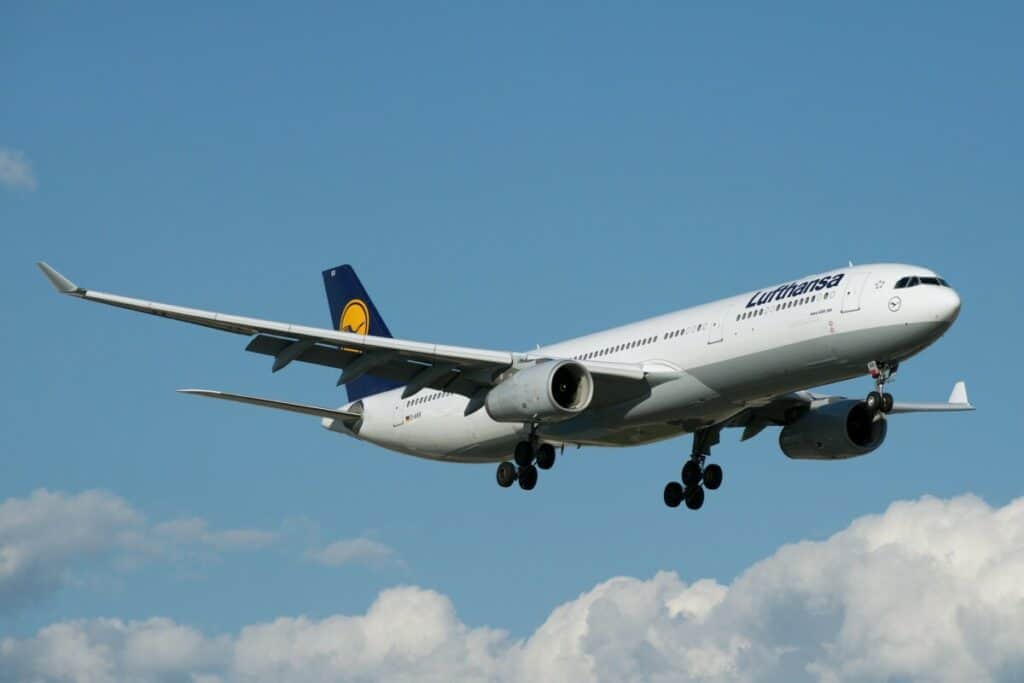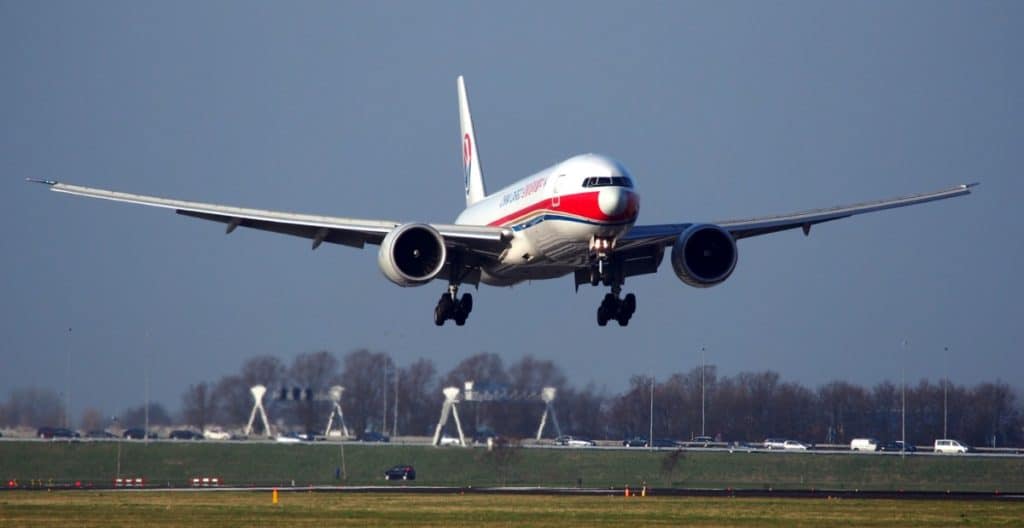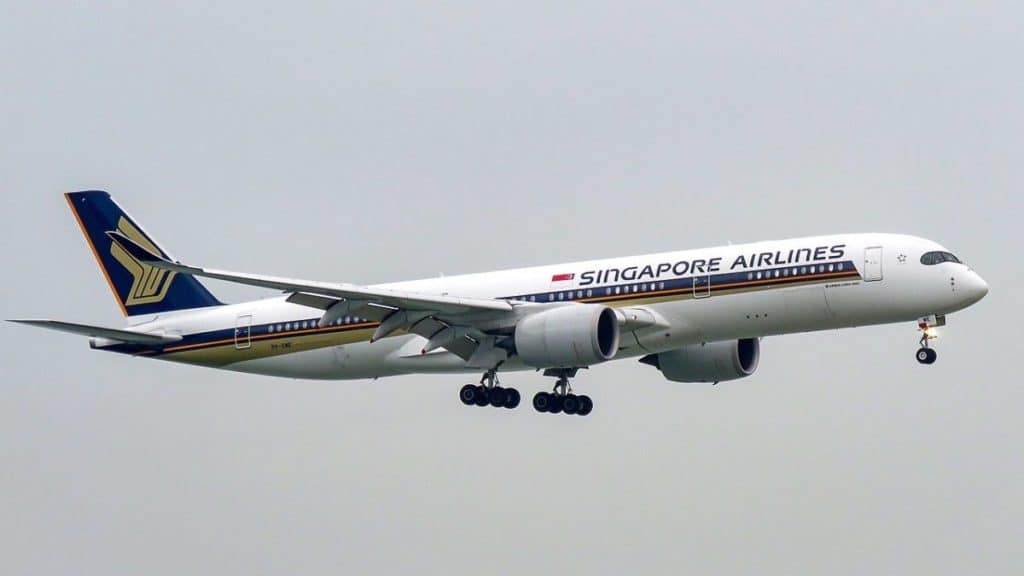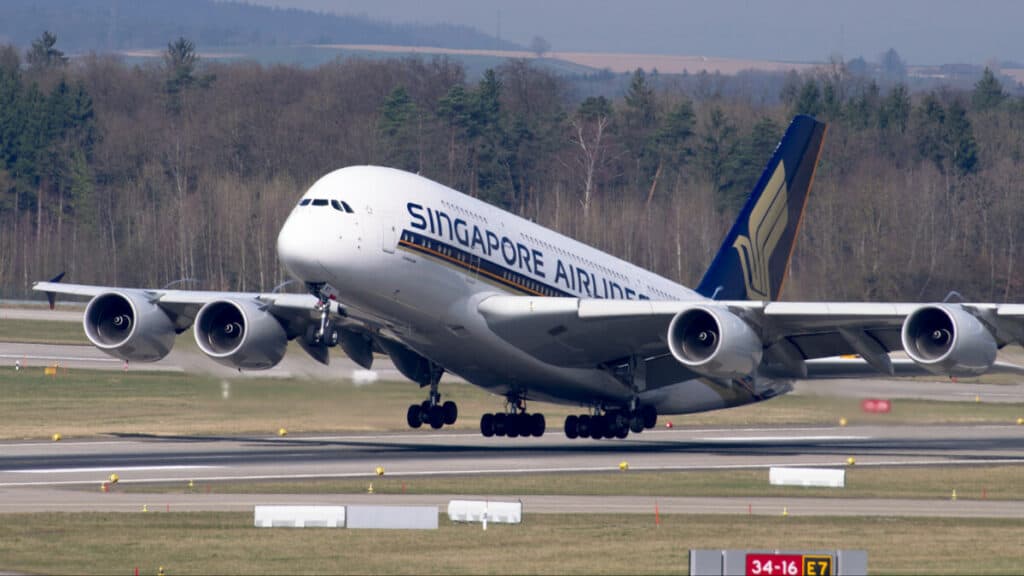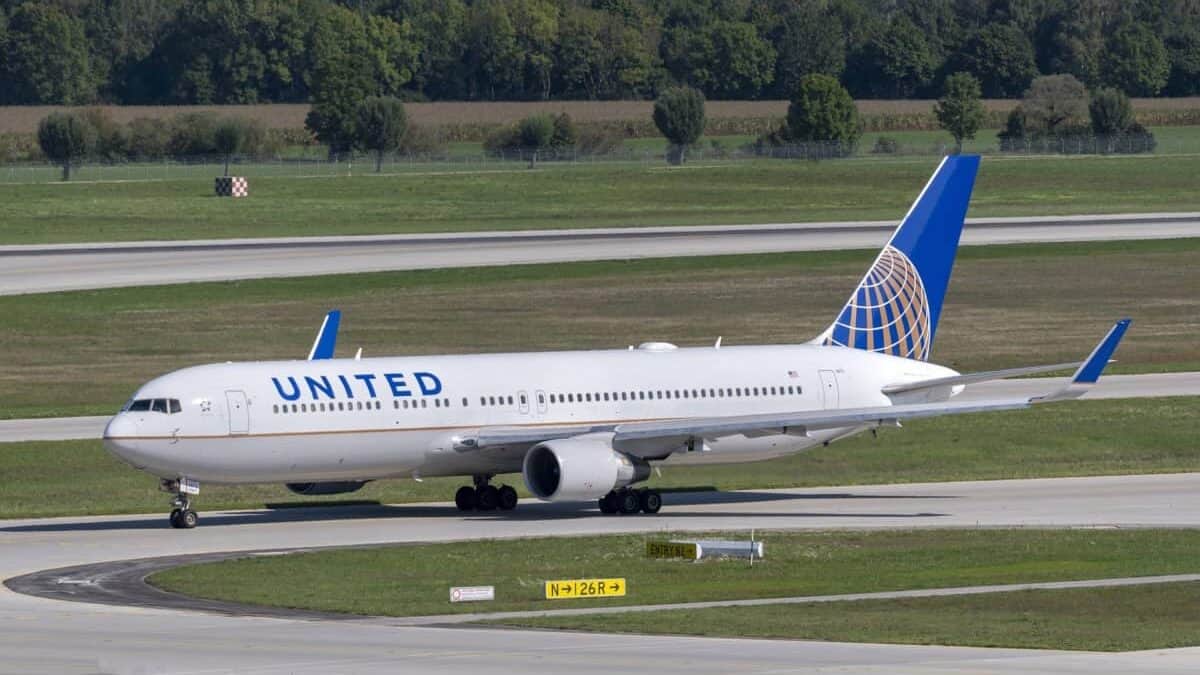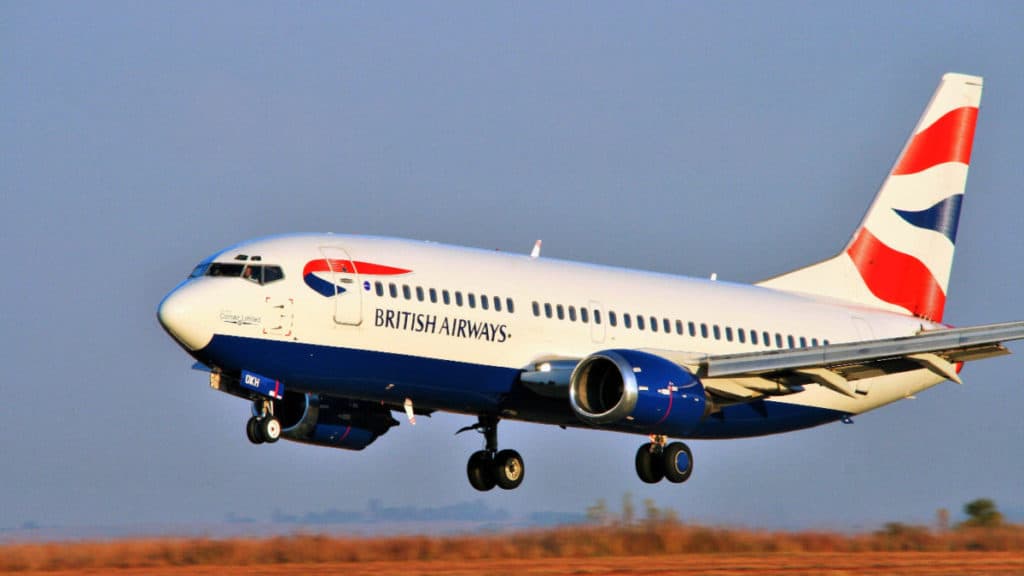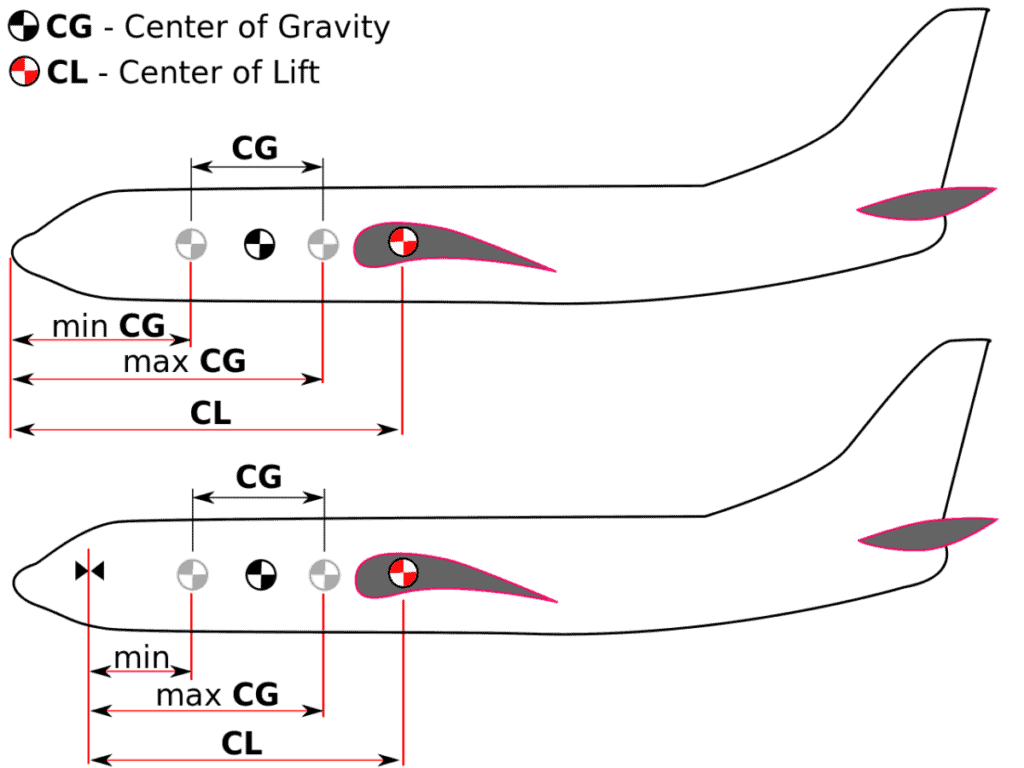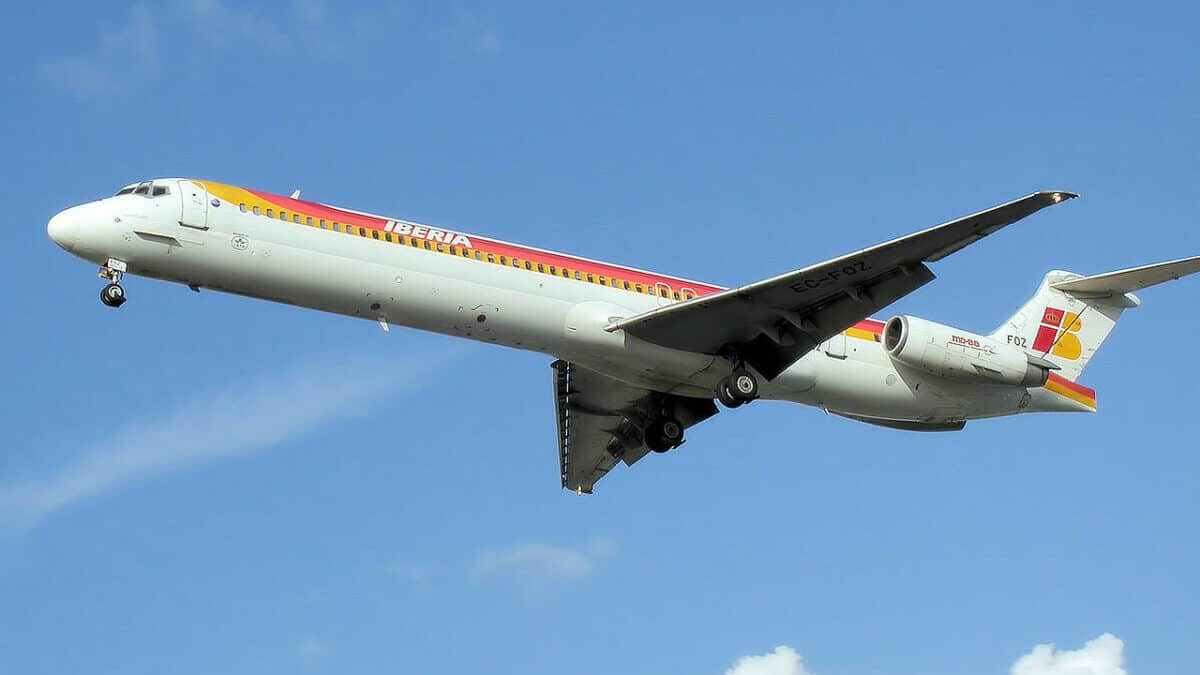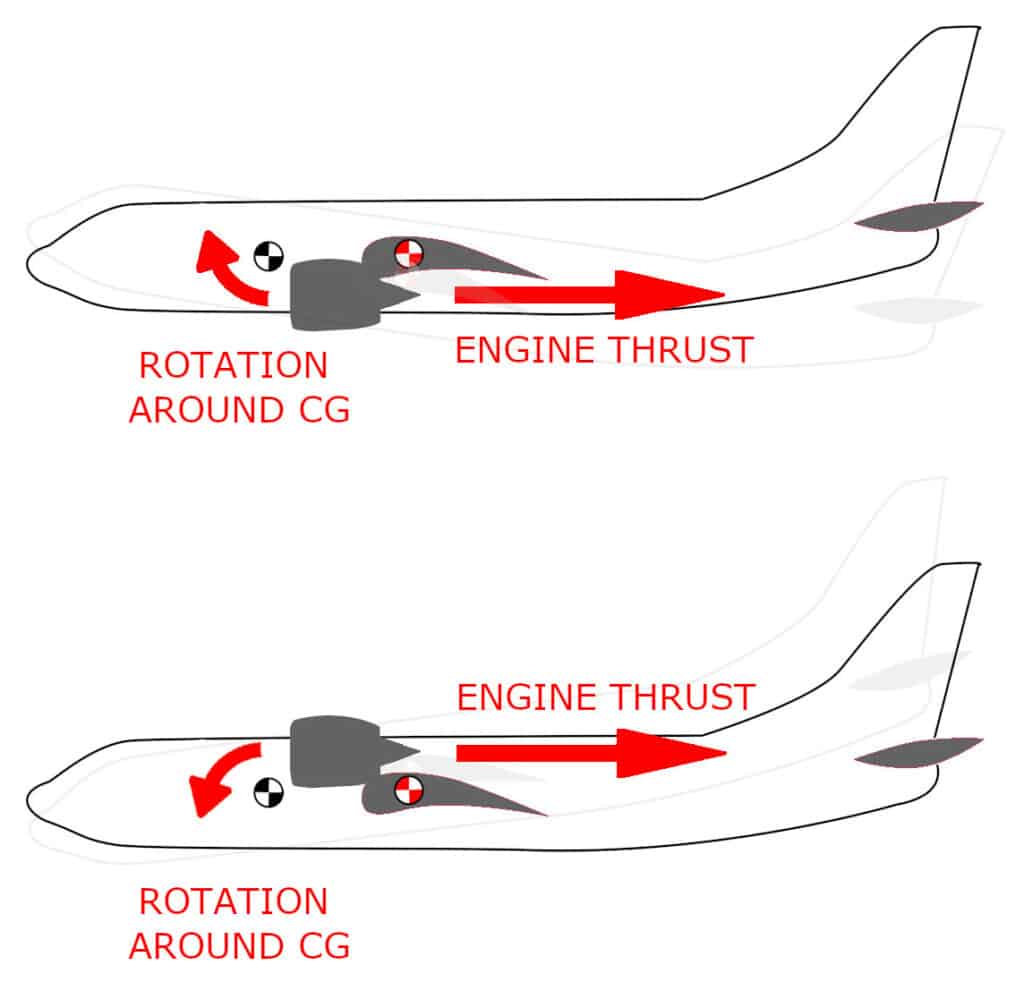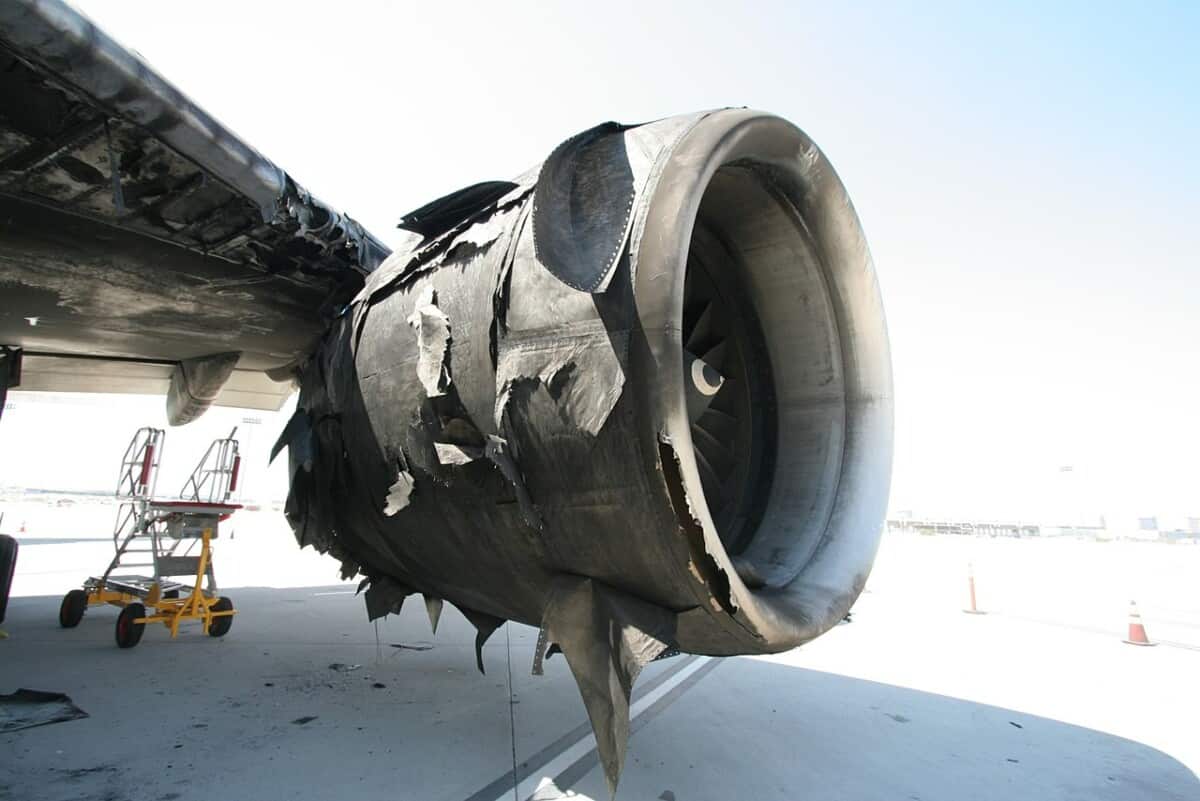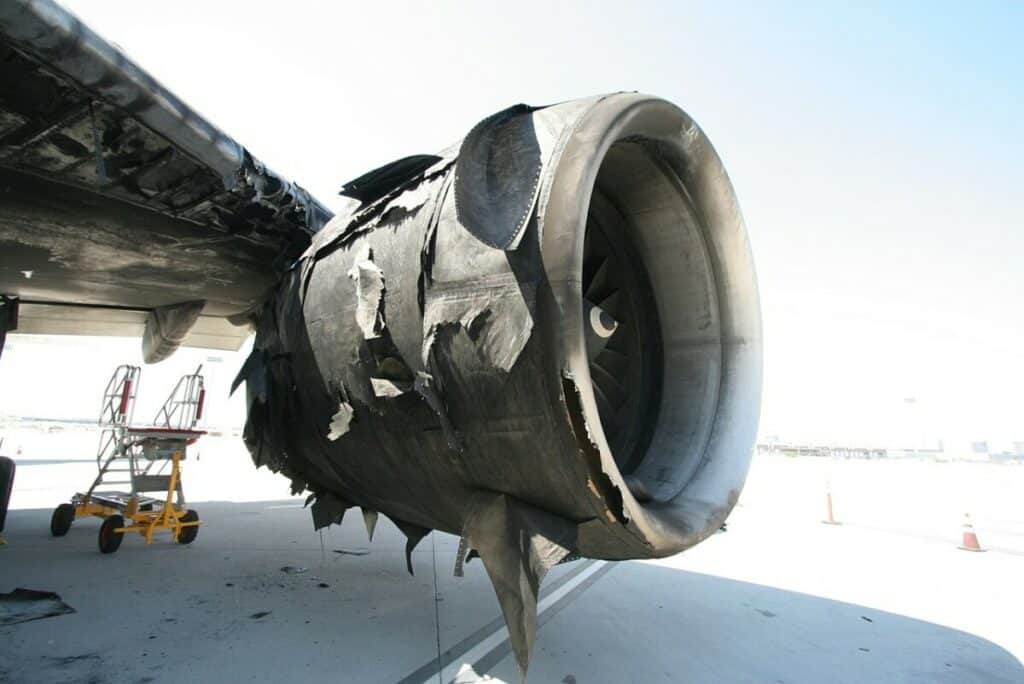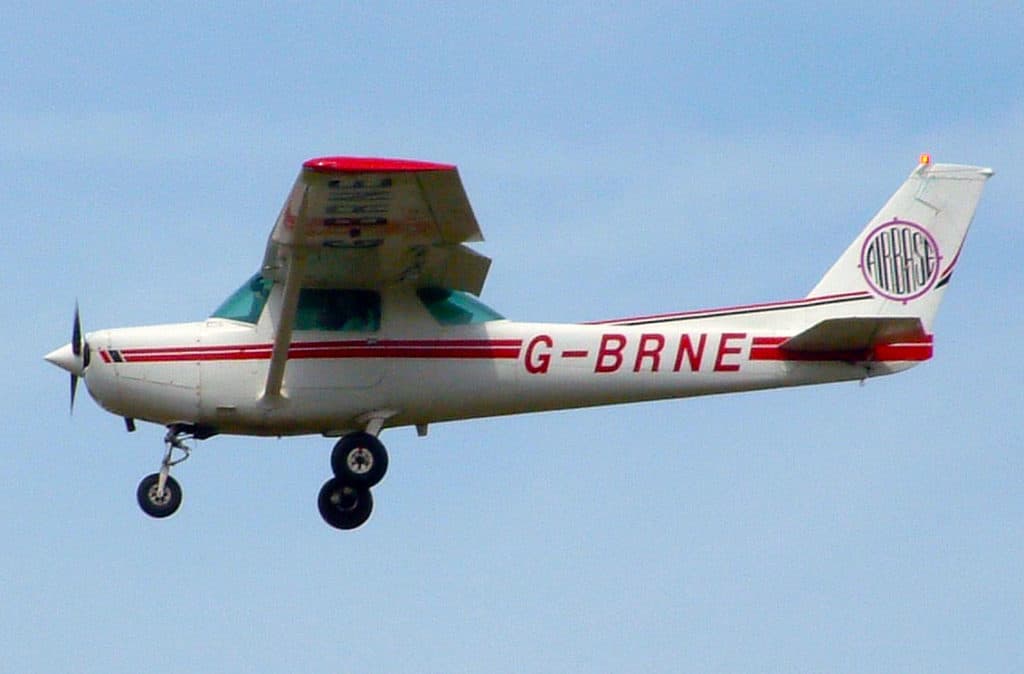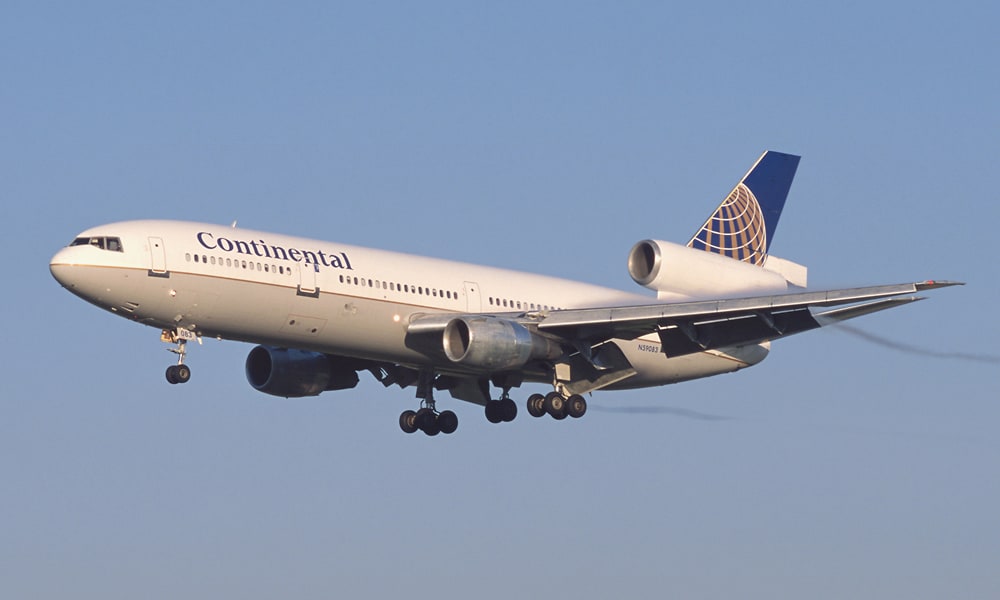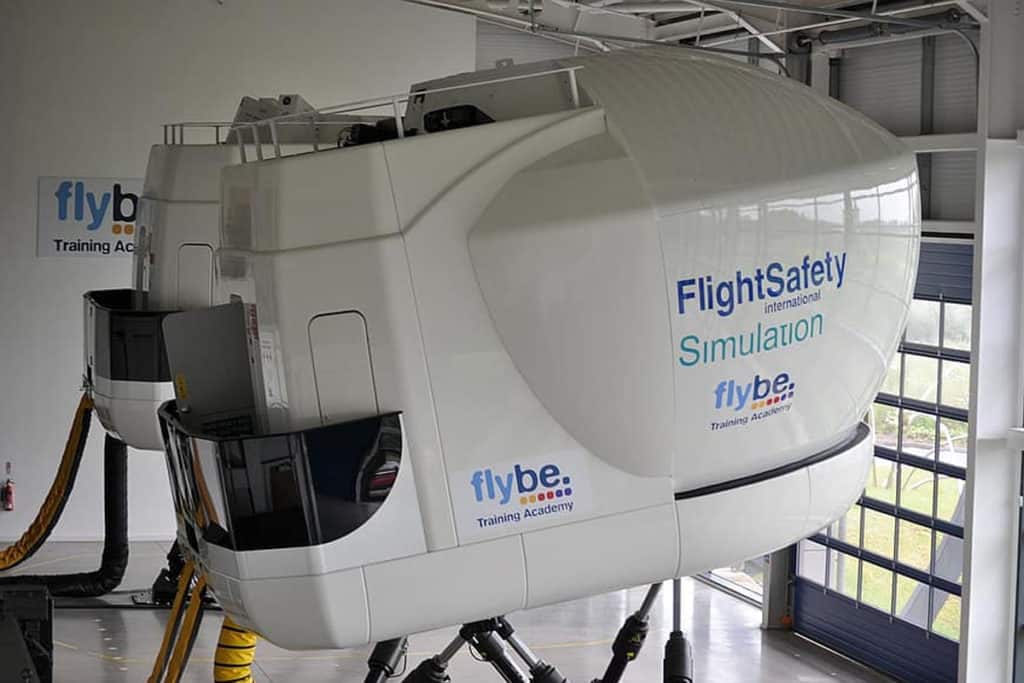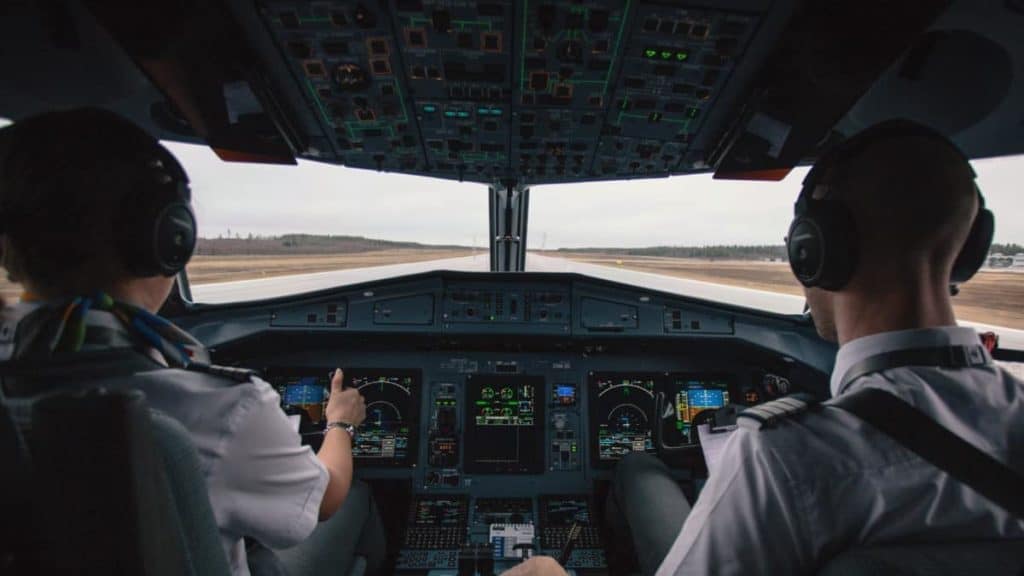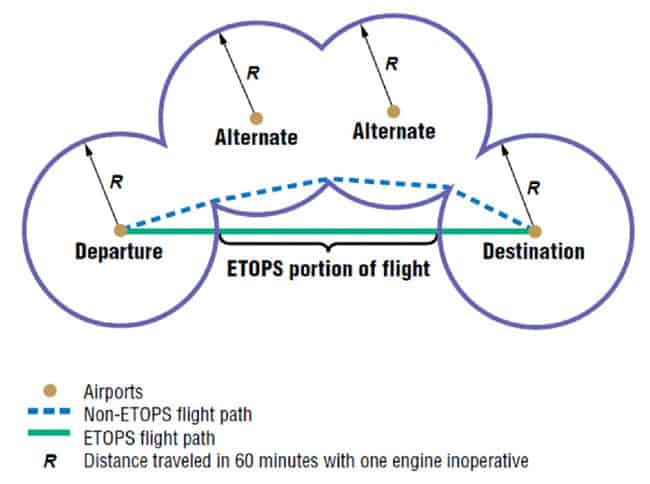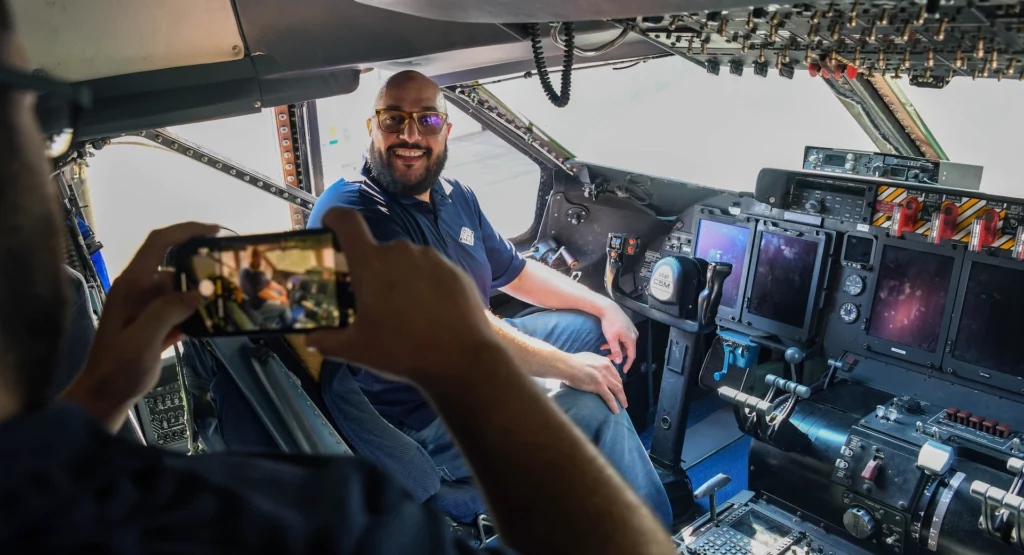
As an operational First Officer for a major airline, a friend of mine gets asked the question a lot regarding whether passengers are allowed in the cockpit. Since the crackdown following 9/11 many people think the airplane cockpit is fully out of bounds. This however is not always the case.
Passengers can ask flight attendants to see if they can visit the cockpit of an airplane. Depending on individual company policy and the Permission of the Captain passengers may be able to enter before and after the flight. Access during the cruise portion of the flight is mostly forbidden.
With every airline having its own policies on this matter it is hard to give a definitive answer, but as a pilot who always loves to show people around his aircraft cockpit, here are some of the ways you can try to get in and have a look around.
When Are Passengers Allowed to Enter the Cockpit?
One of the most usual times for passengers to enter an airplane cockpit for a visit is after landing when the workload of the pilots is reduced. During the boarding, or before takeoff is usually turned down due to the pilots readying the aircraft for departure. But it is still worth asking.
He has been flying now for over 3 years and almost every day some new young future aviator enters the cockpit just to get a glimpse of what is happening in there! Kids are the most welcome in the cockpit because they might get inspired by what they see and try to follow a career in aviation someday.
After kids, the second most popular “category” of passengers that pay pilots a visit is the student pilots. Student pilots always like to enter the cockpit and ask all kinds of questions about the aircraft or about aviation in general!
He remembers when he was training for his own pilot’s license, he wanted to visit the cockpit but the flight crew did not allow it in the end. Having that in mind and knowing how sad he got after being denied to enter he always allows people in so they won’t feel the same way.
Finally, we have the final group of passengers that visit the cockpit and it’s no other than just random, curious people or people that get into an airplane for the first time in their lives.
All those people are welcome to visit and it’s not prohibited during boarding when the flight deck door is open. In most airline companies it is not stated anywhere that passengers are allowed to visit but it is not prohibited either. Every pilot makes their own conclusions about whether it is allowed or not.
Learn More…
Try These Articles:
* Are Aircraft Cockpit Doors Bulletproof?
* Are Pilots Allowed to Leave the Cockpit During Flight?
What is the Best Way To Get To See An Airplane Cockpit?
So the procedure is simple:
Anyone interested in visiting the cockpit can ask one of the flight attendants standing in front of the cockpit door while you board the aircraft. He or she will then come inside the flight deck and ask the pilots if a passenger is allowed access inside.
Usually, the answer is Yes, but sadly some pilots do not think the same way. This can only be done before takeoff during the time of boarding or after landing when the aircraft is at the gate with the doors open.
Are Passengers Allowed to Occupy a Pilot Seat?
Officially speaking, no passenger or flight attendant is allowed to be seated in a pilot’s seat. Again, officially speaking. This usually is not the case though.
Passengers and especially small children are usually allowed to sit at any pilot’s seat as long as there’s supervision by one of the pilots that the child is restrained from playing with the buttons and switches of the cockpit.

The same is true for student pilots but usually, they are clever enough to not mess around with the configuration of the aircraft and the cockpit. Unfortunately, people that are not aviation related and are just curious or are pure aviation enthusiasts, are not allowed to occupy a seat most of the time.
It will always come down to the discretion of the pilots, based on their company policies, workload, and comfort with the person asking.

Join My Newsletter & Get Great Tips, Information and Experiences To Help You Become a Superb Pilot!
Can Passengers Visit an Airplane Cockpit During Flight?
When an airplane is in flight no passenger is permitted to enter the cockpit. When a pilot leaves the cockpit a flight attendant must be present inside the cockpit until their return, seatbelt signs must be on and no passengers are to be in the aisle while a pilot enters and exits the cockpit.
Entering the cockpit during flight was forbidden following 9/11 and the procedures relating to a pilot leaving the cockpit were first introduced after the German Wings accident of 2015 when the Captain left the cockpit for a bathroom break and the First Officer locked the cockpit door and intentionally flew the airplane into the ground killing all on board.
Reasons for pilots to exit the cockpit usually are using the lavatories or just stretching their legs in the middle of long flights.
For more information about pilots leaving the cockpit during the flight can be found in this article:
Can Pilots Go To The Bathroom?
Up to this time, passengers were allowed to enter the cockpit and stay in even for landing. There were times were passengers were forming a line outside of the cockpit in flight just to visit for 2 minutes.
Is this going to change?
Unfortunately, time has shown that safety and security measures are becoming increasingly stricter so the current procedures that prohibit passengers from entering the cockpit are only going to get more strict.
Some companies in the world still allow passengers and especially family members on the flight deck but only after written proof that they are related and after it has been arranged by the company beforehand and a cabin crew member and both pilots must be on the flight deck during the whole duration while the passenger is in the flight deck.
My Personal Opinion:
My personal opinion on the matter at hand is that it should be allowed for people to enter the cockpit provided there are some safety measures followed. What an aircraft enthusiast can witness if he or she entered the flight deck during flight is for sure a lifetime experience.
The family of the crew members should be allowed in throughout the entire flight if they can prove that they are family. In conclusion, it is my personal opinion that everybody should be allowed in however I understand the anxiety this may cause some passengers if they saw people entering the cockpit.
Unfortunately, the actions of a few have destroyed the making of a memory for many.
Learn More…
Try These Articles:
* Narrowbody & Widebody Airplanes – What’s the difference?
* Why are Airplane Cabins Pressurized?

